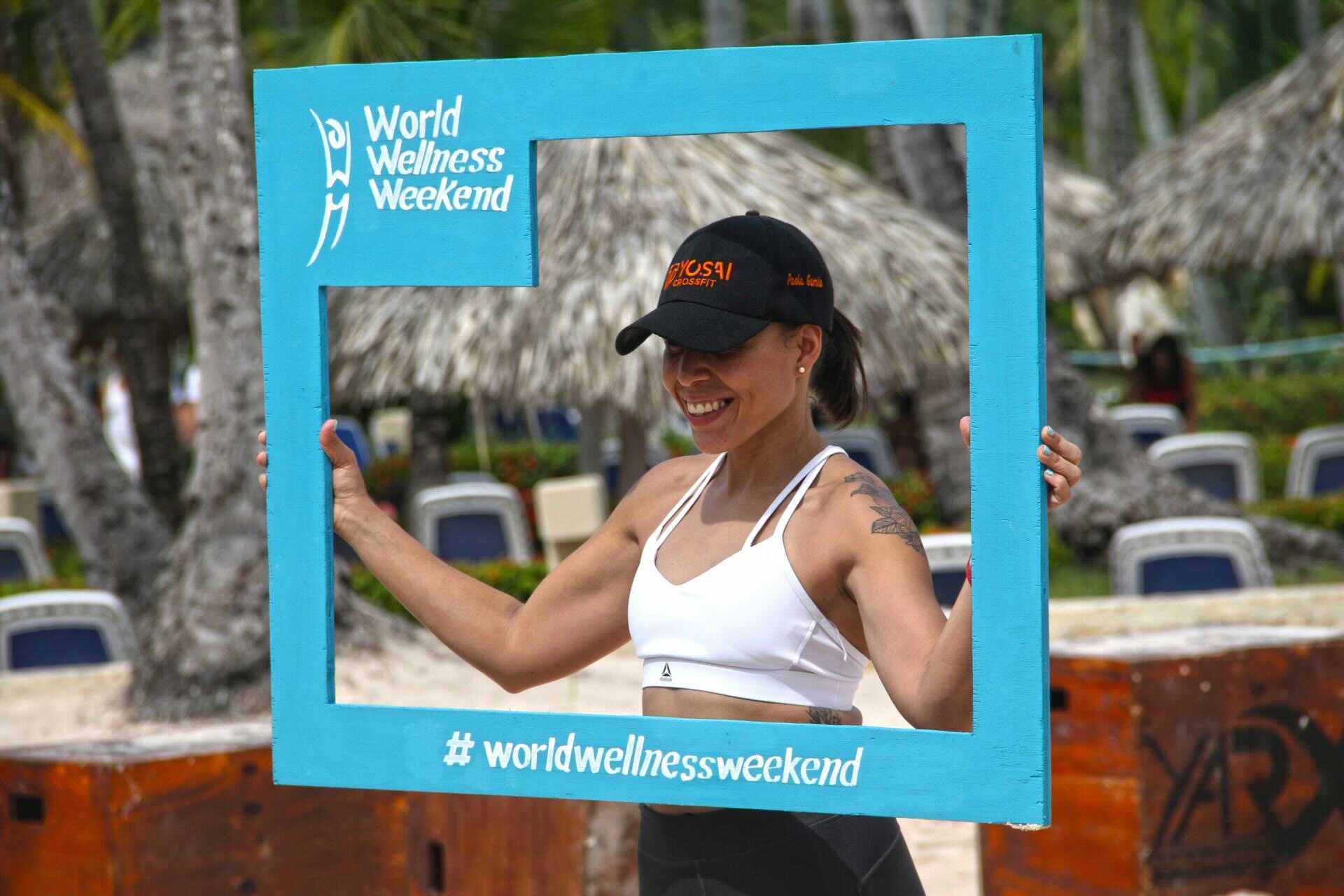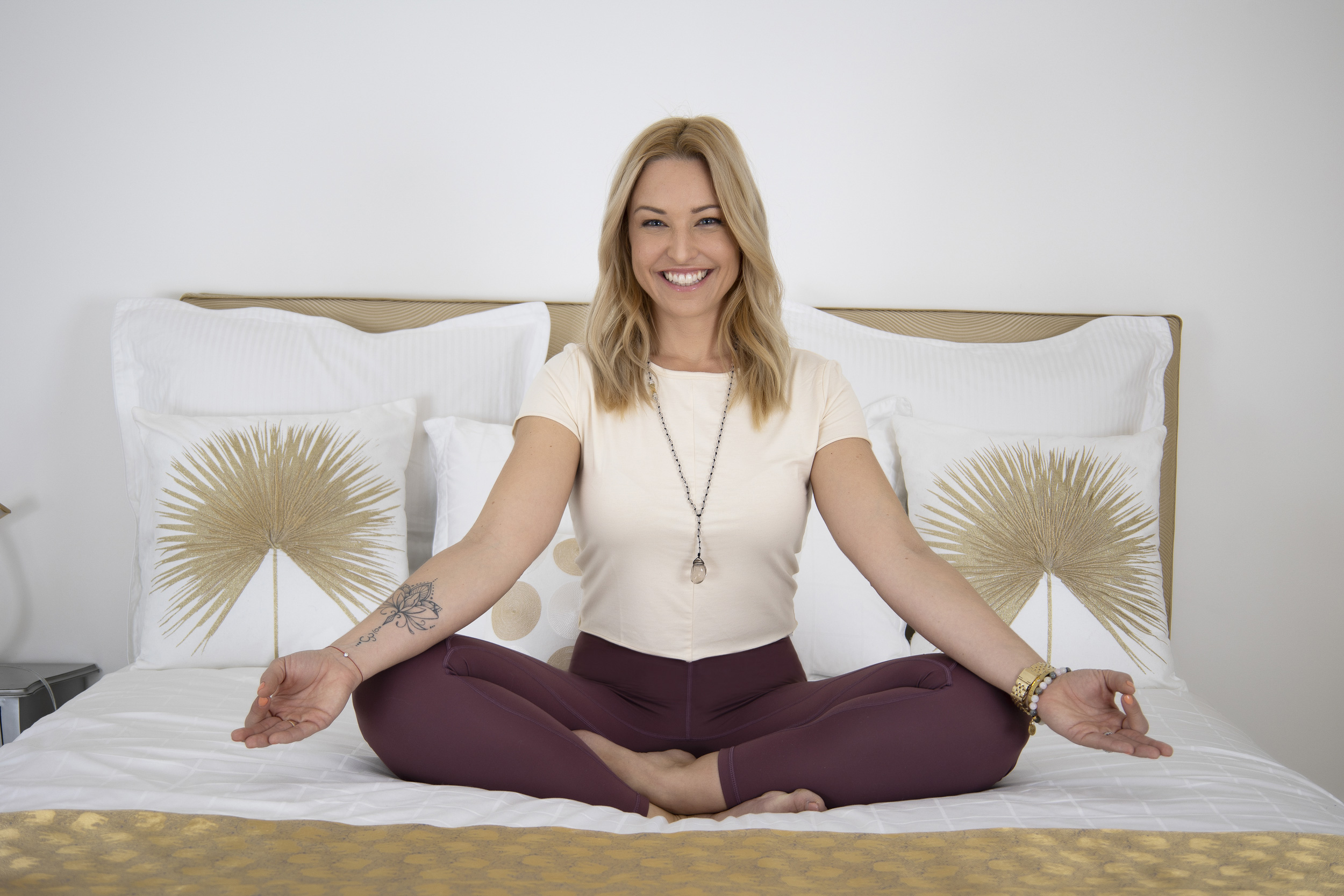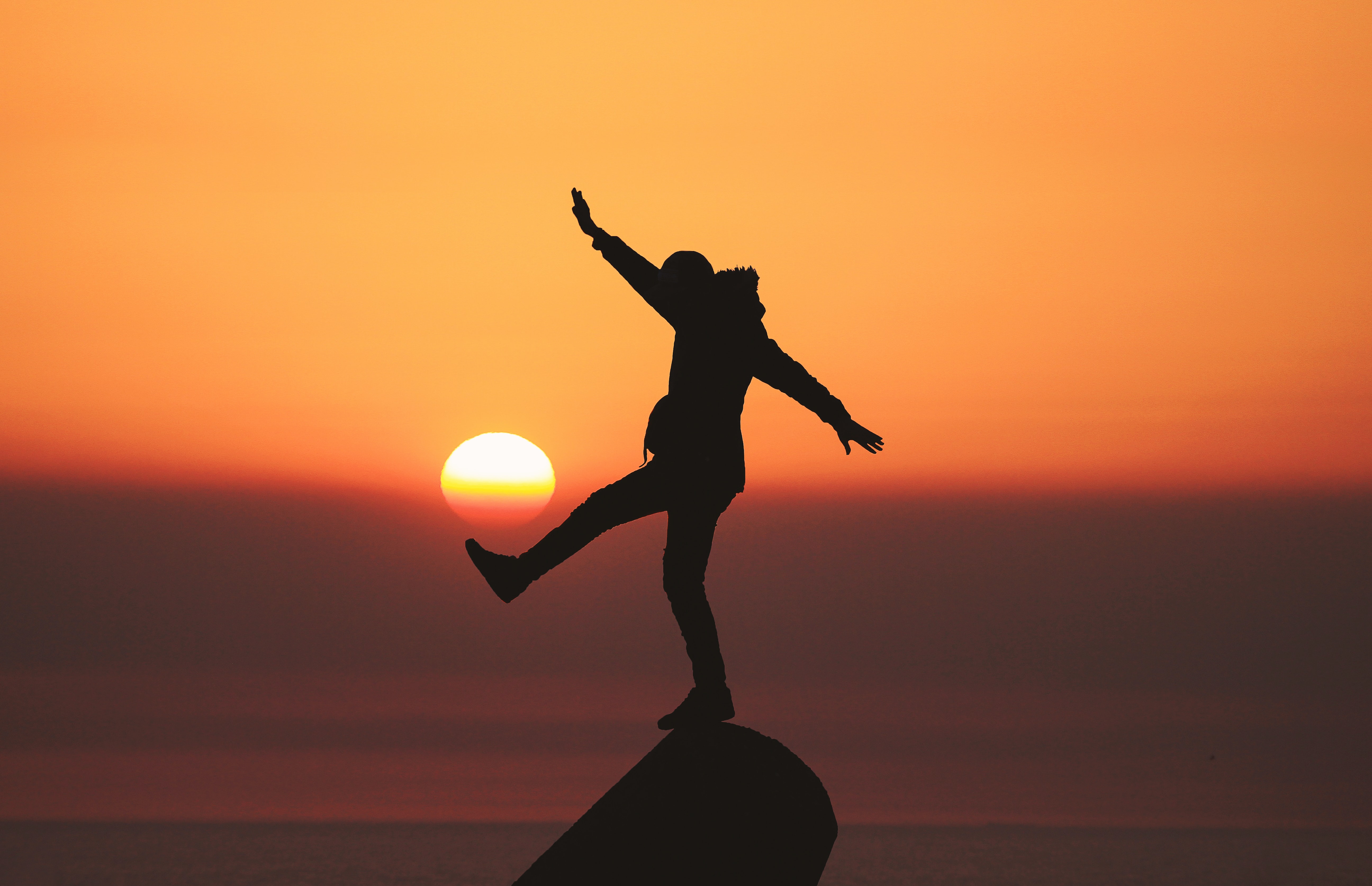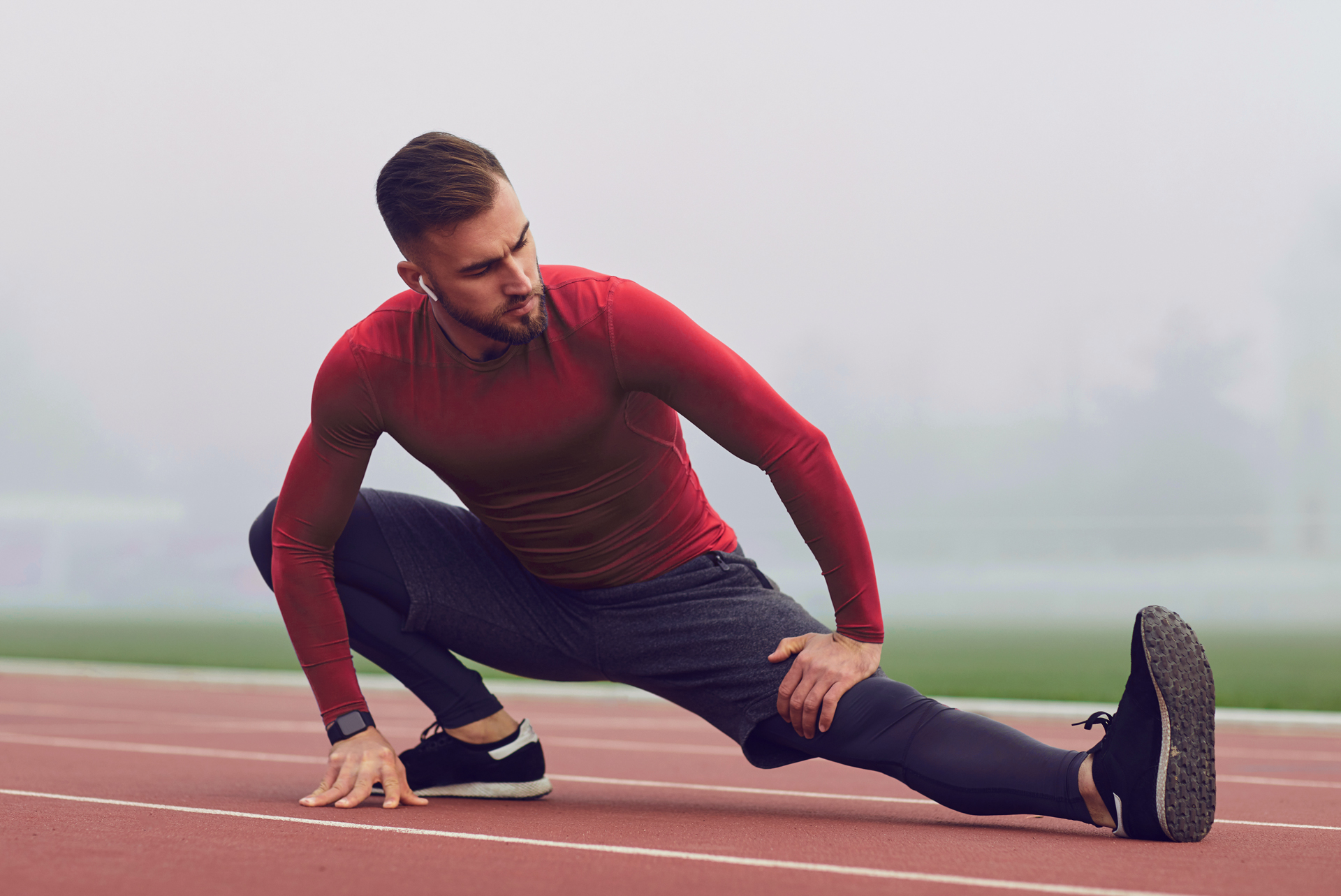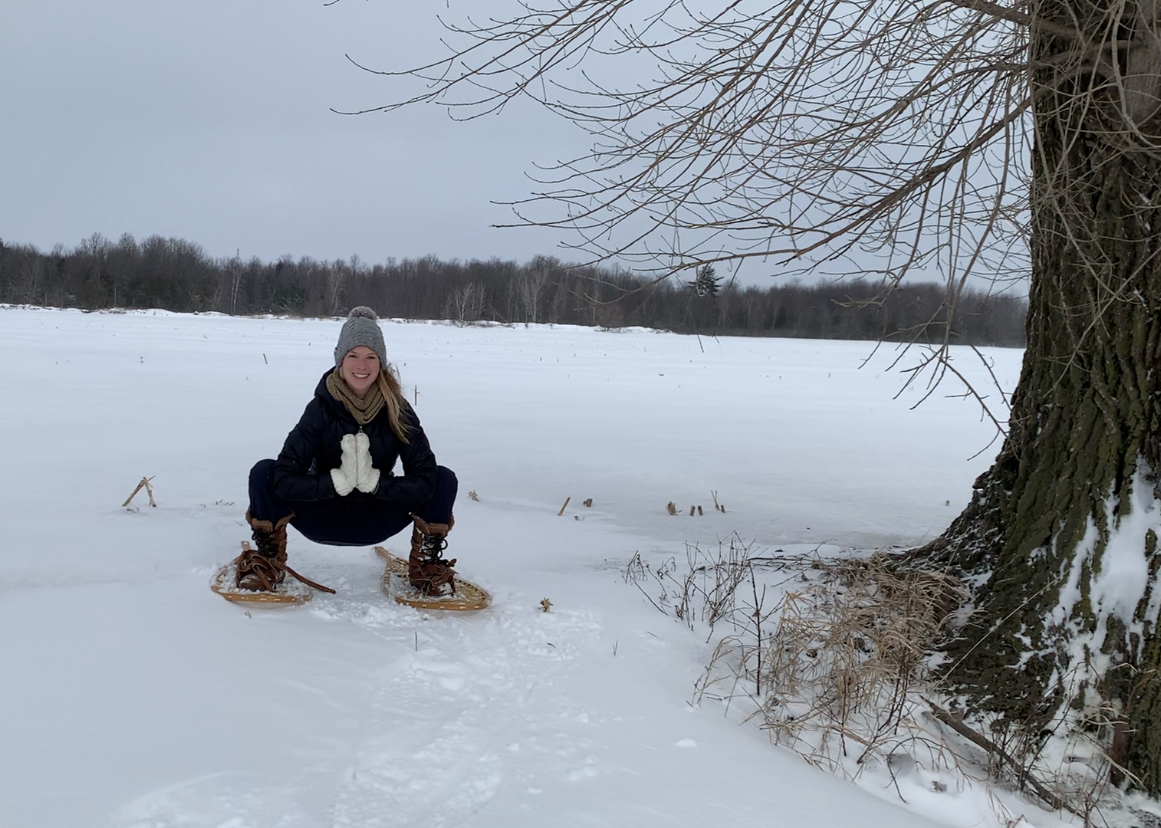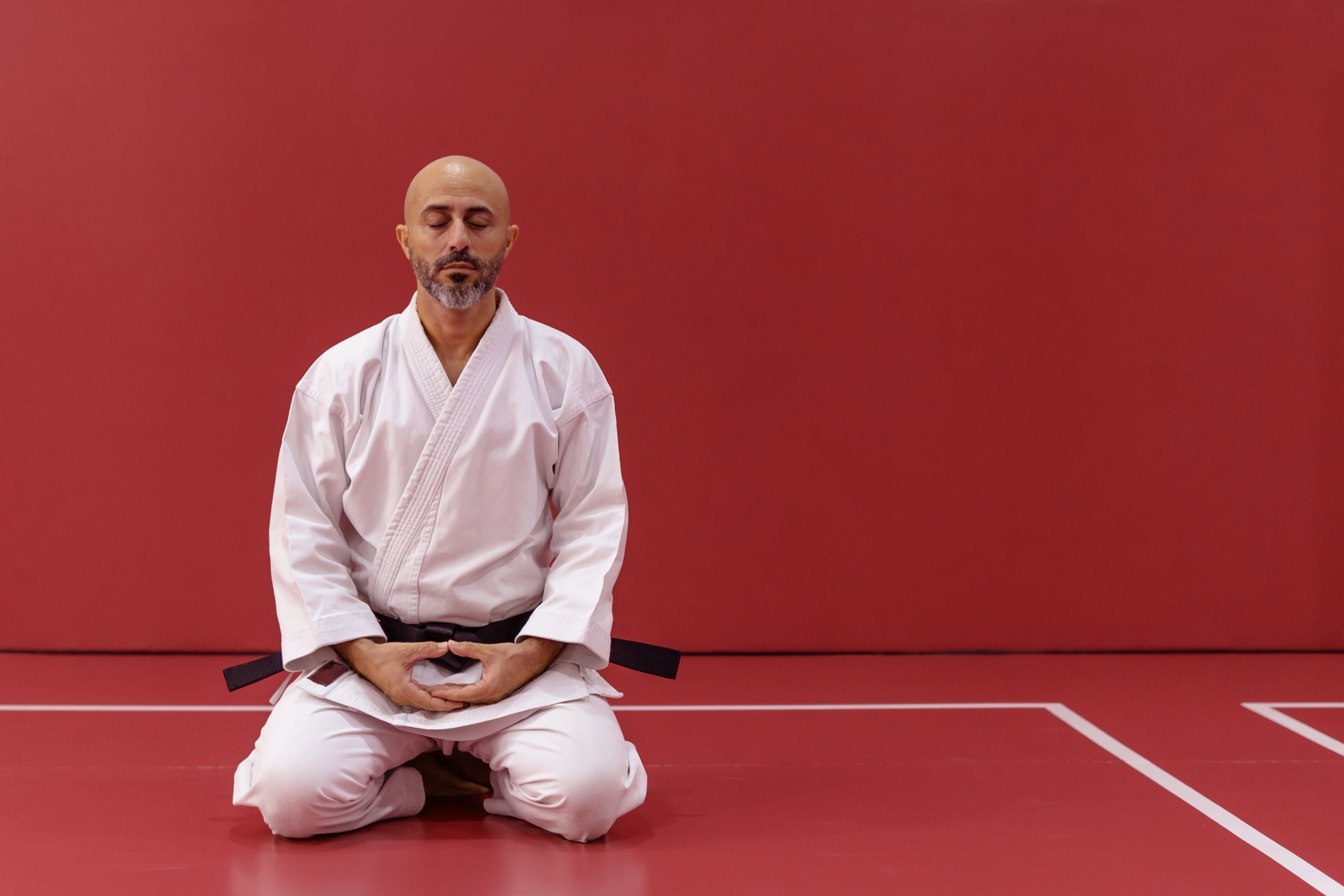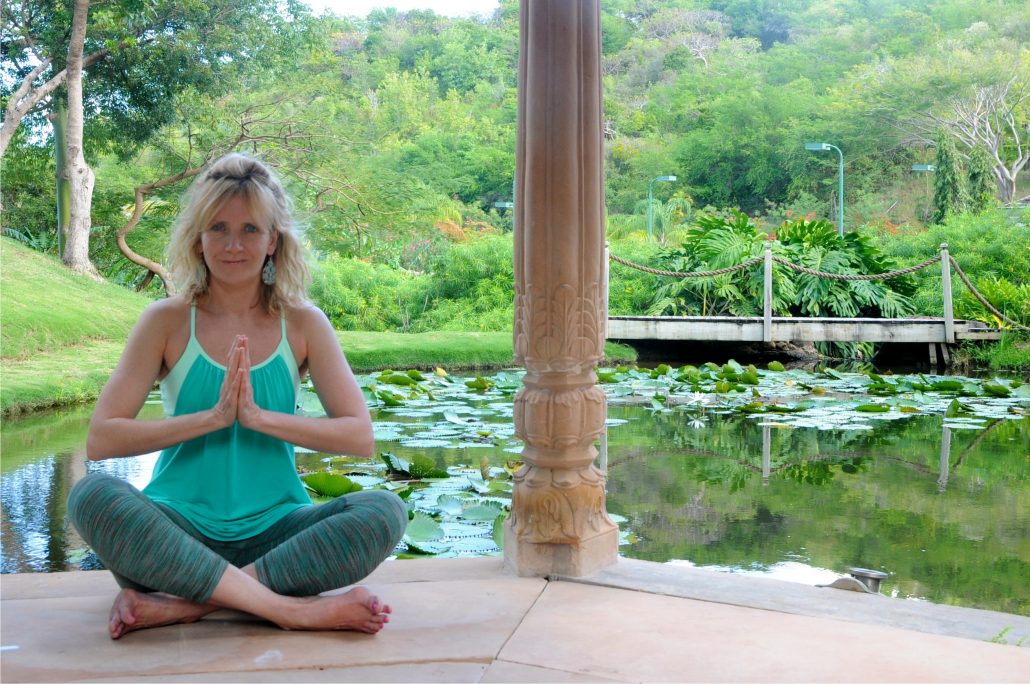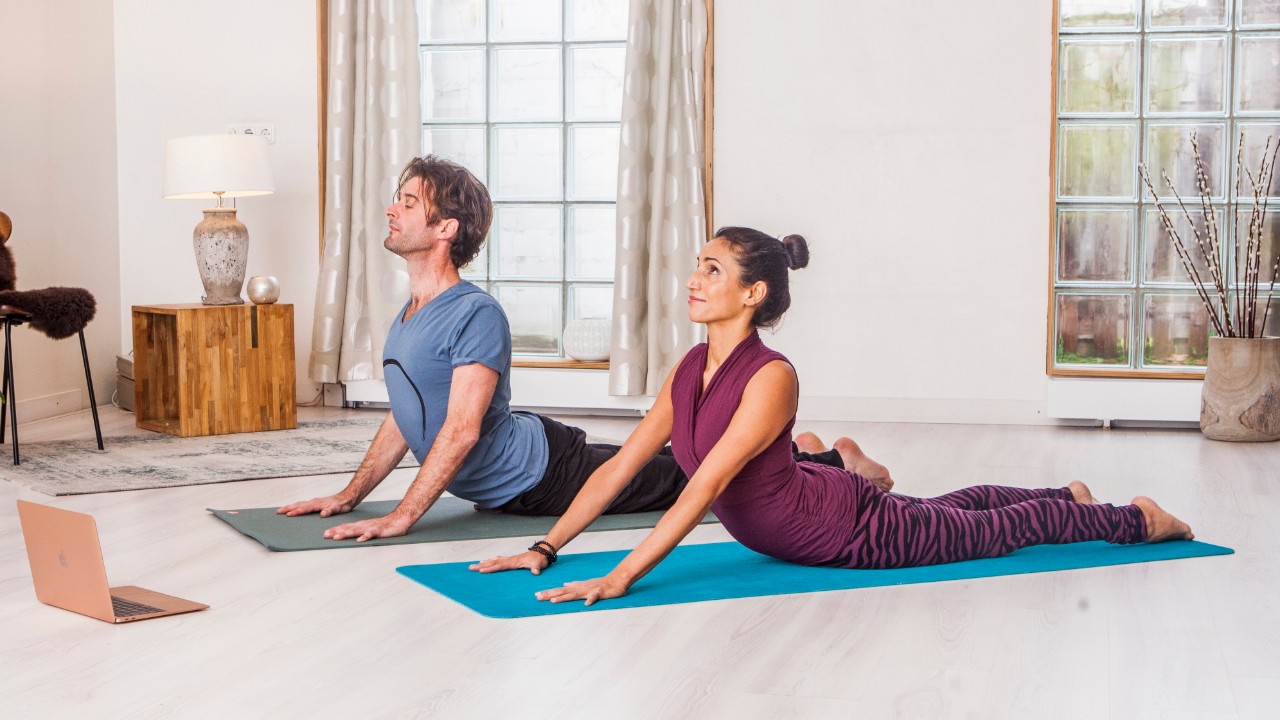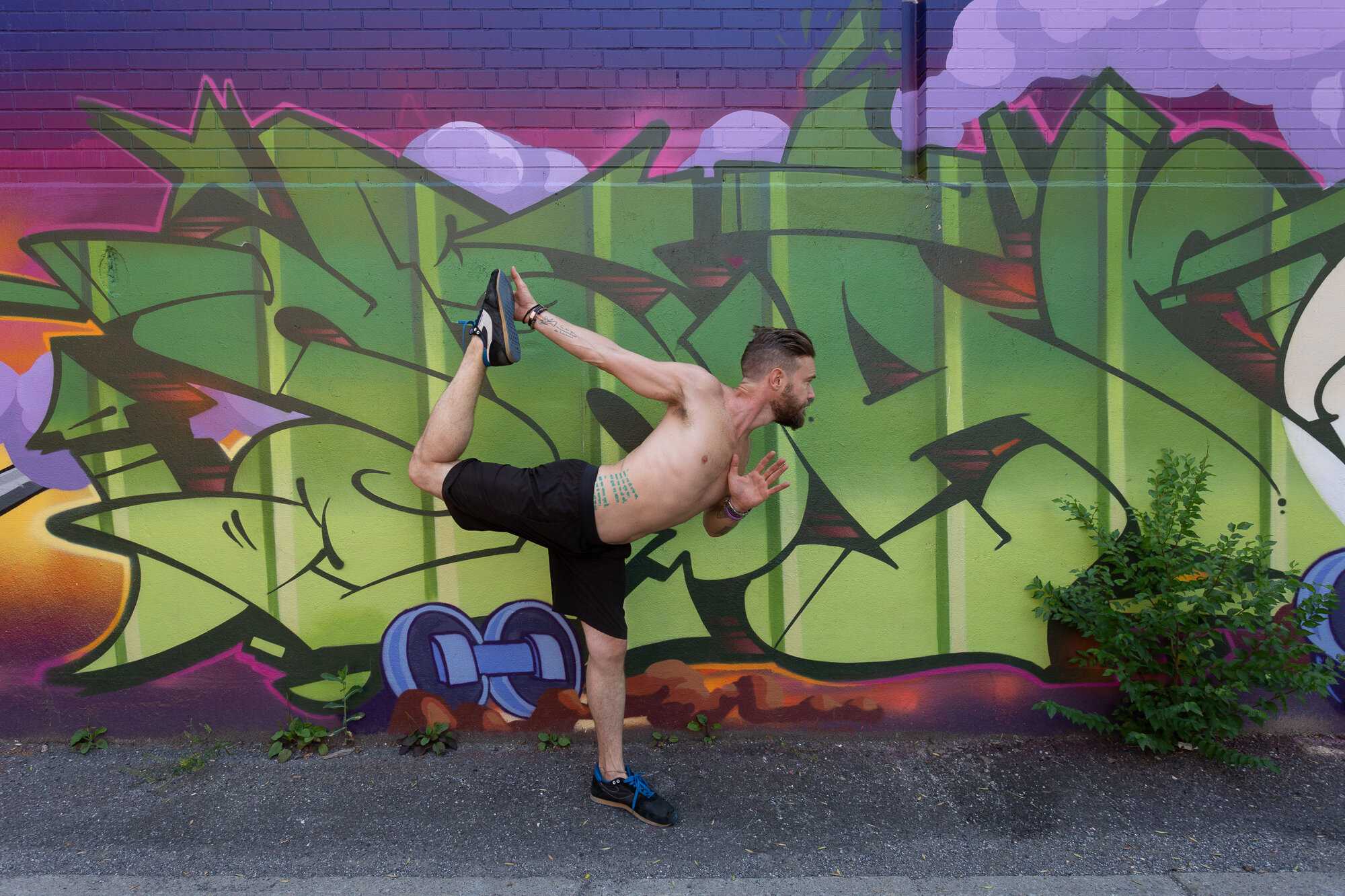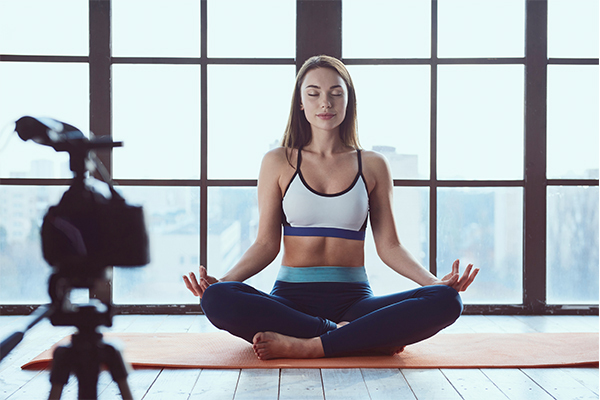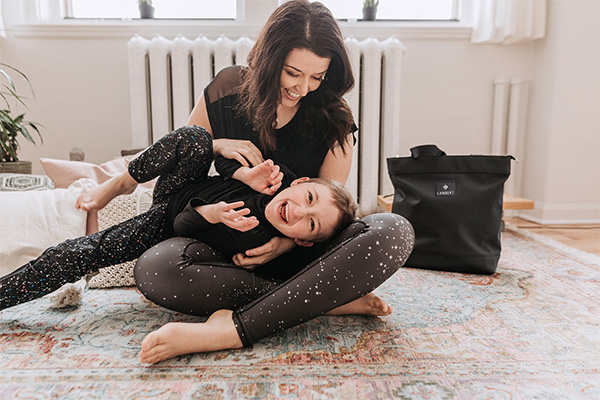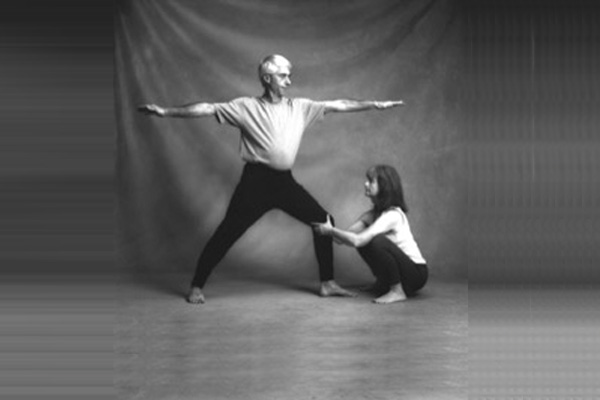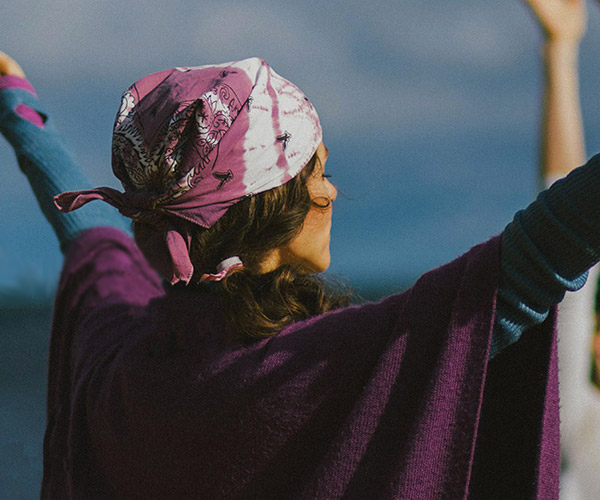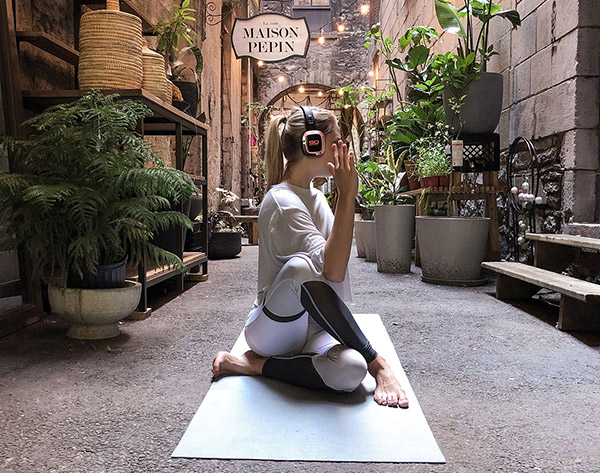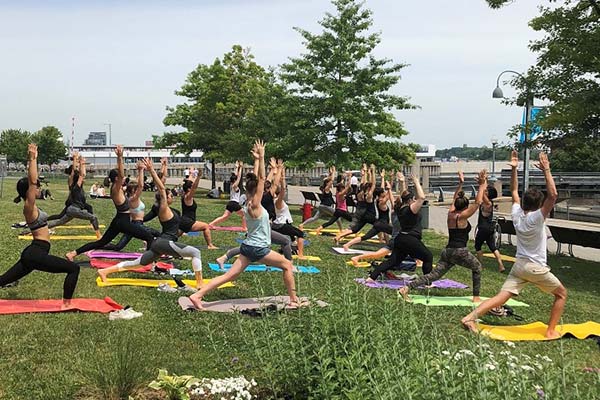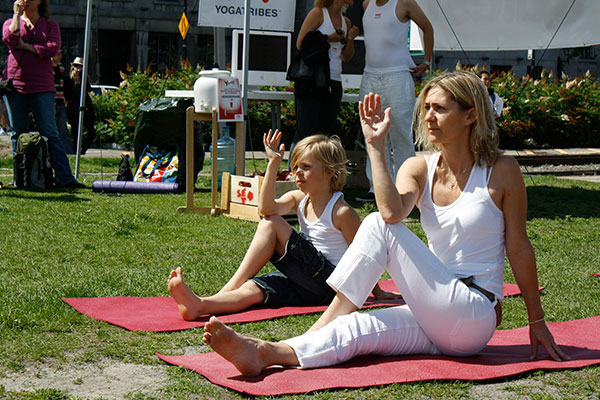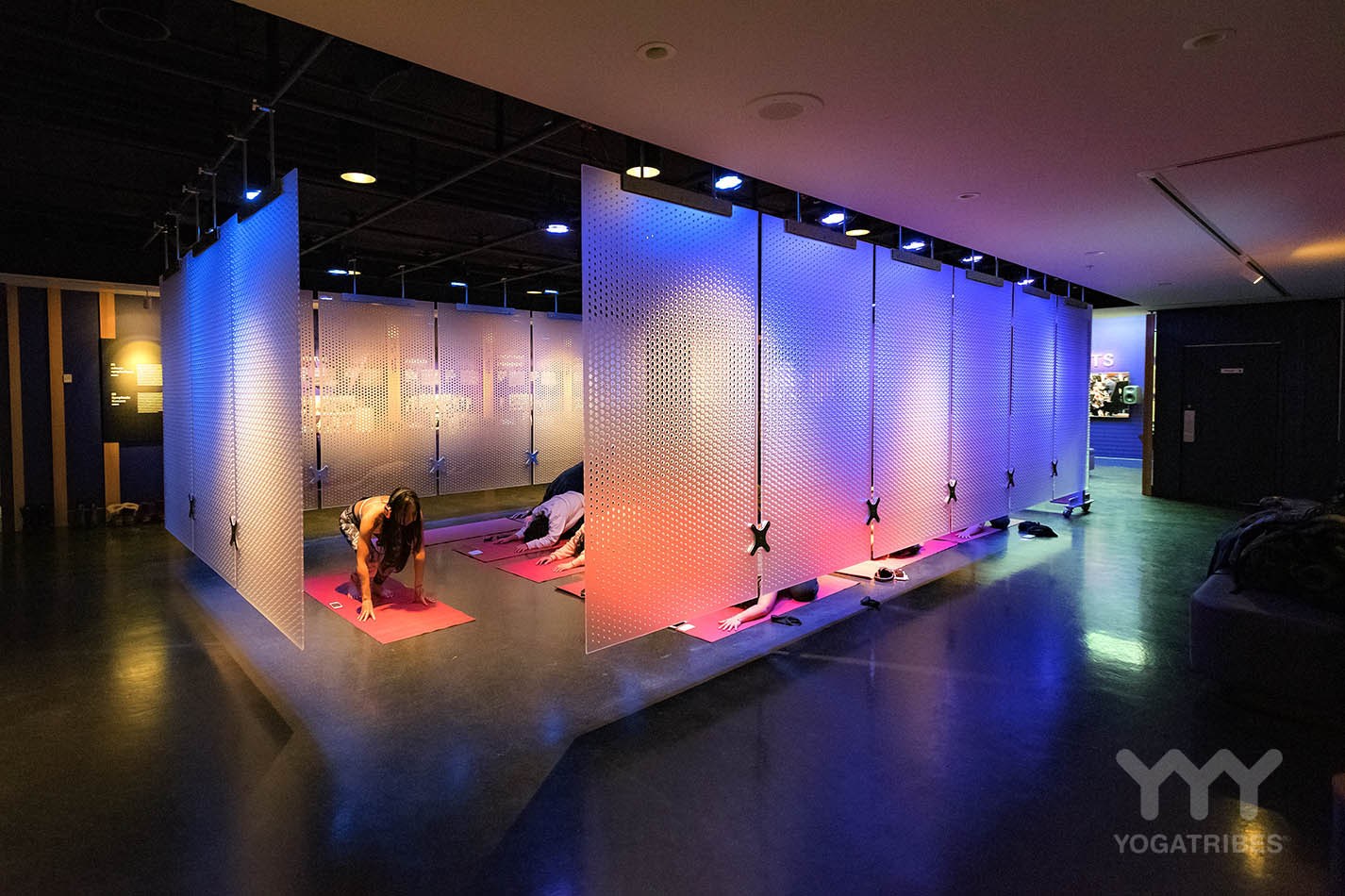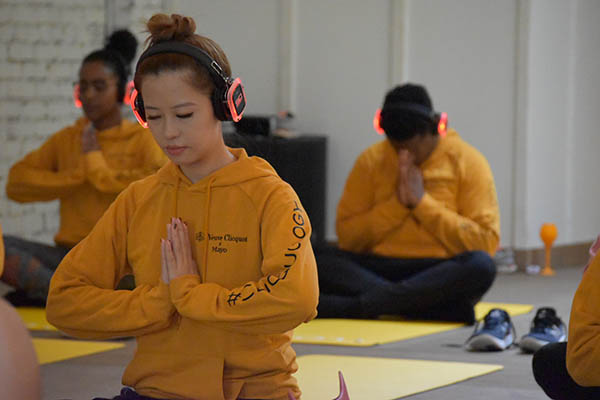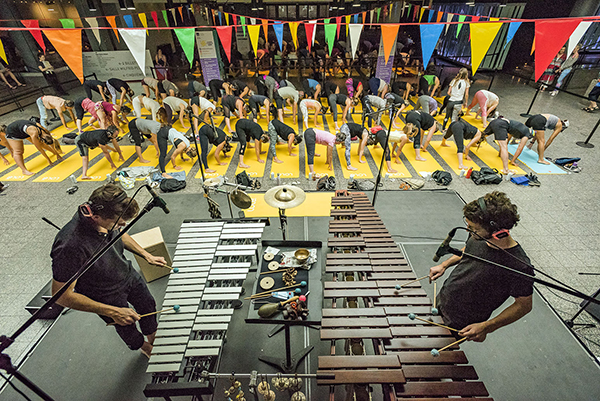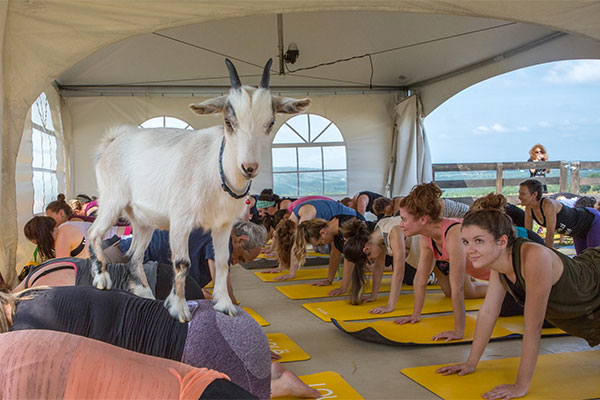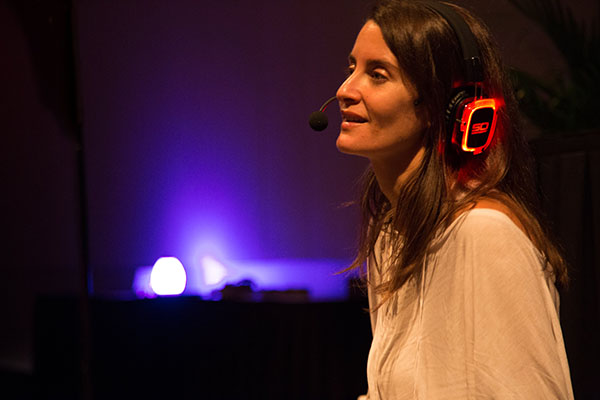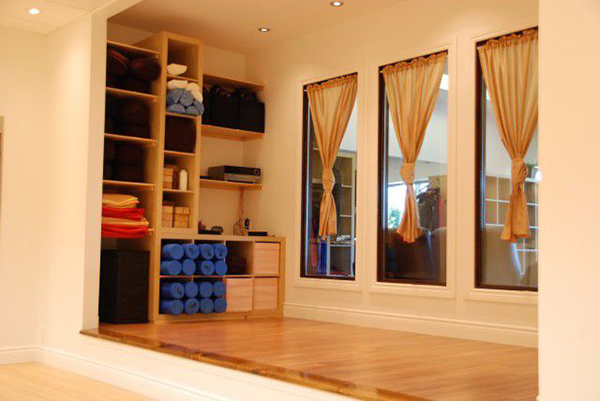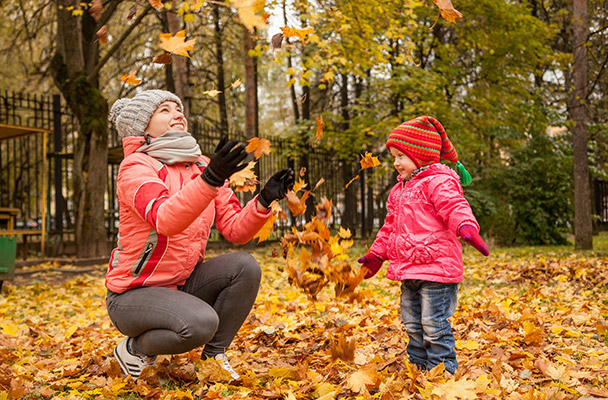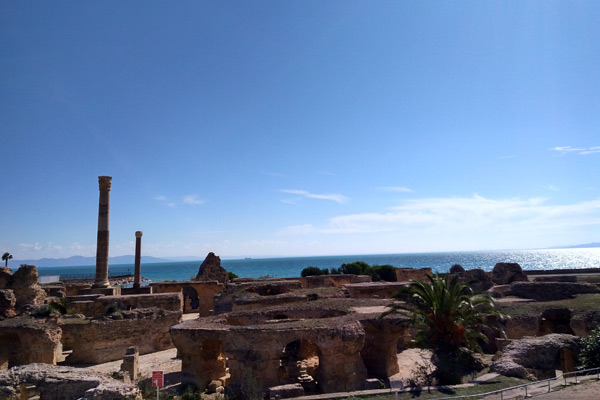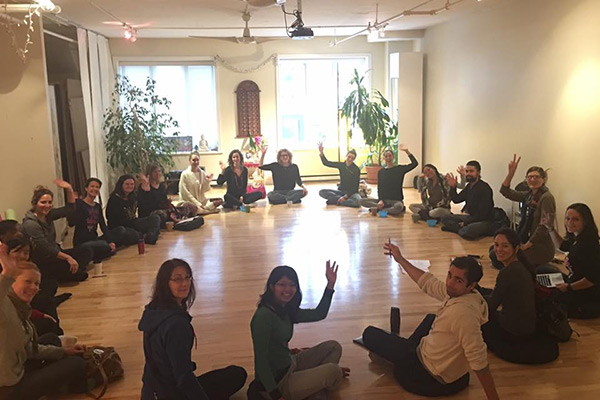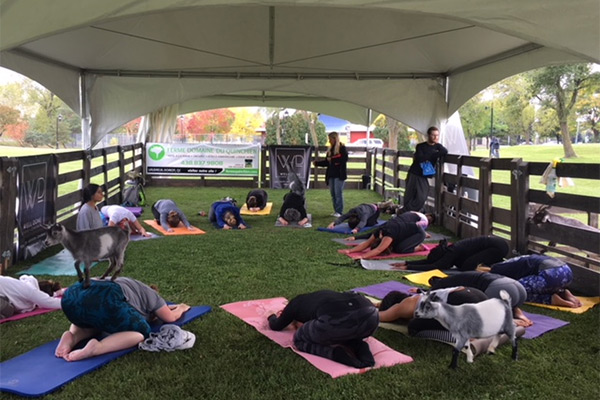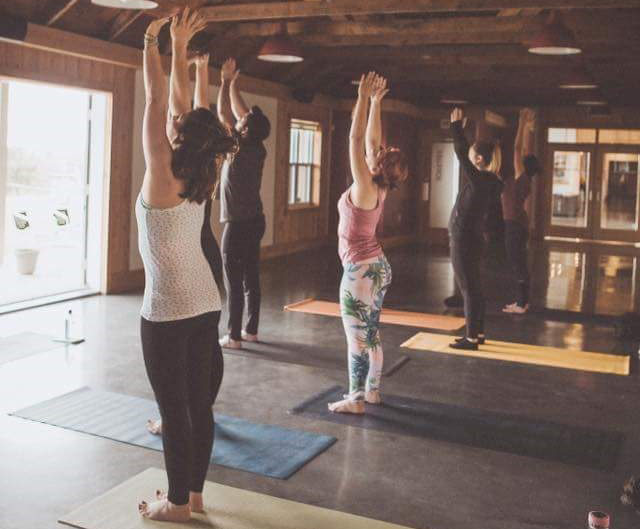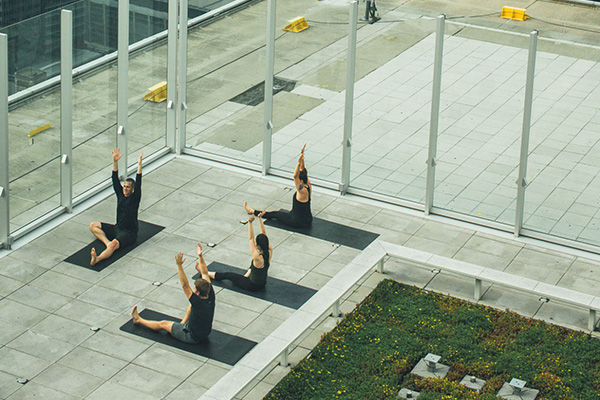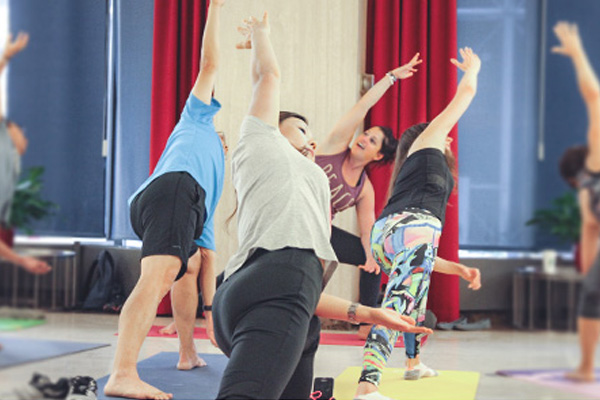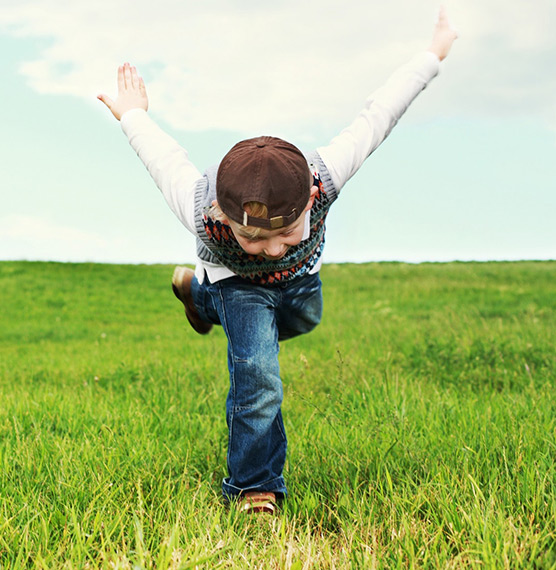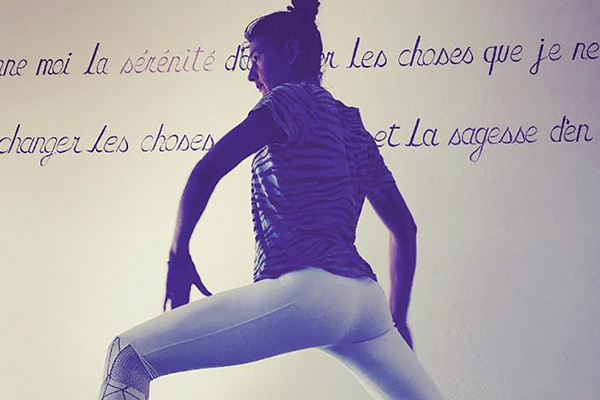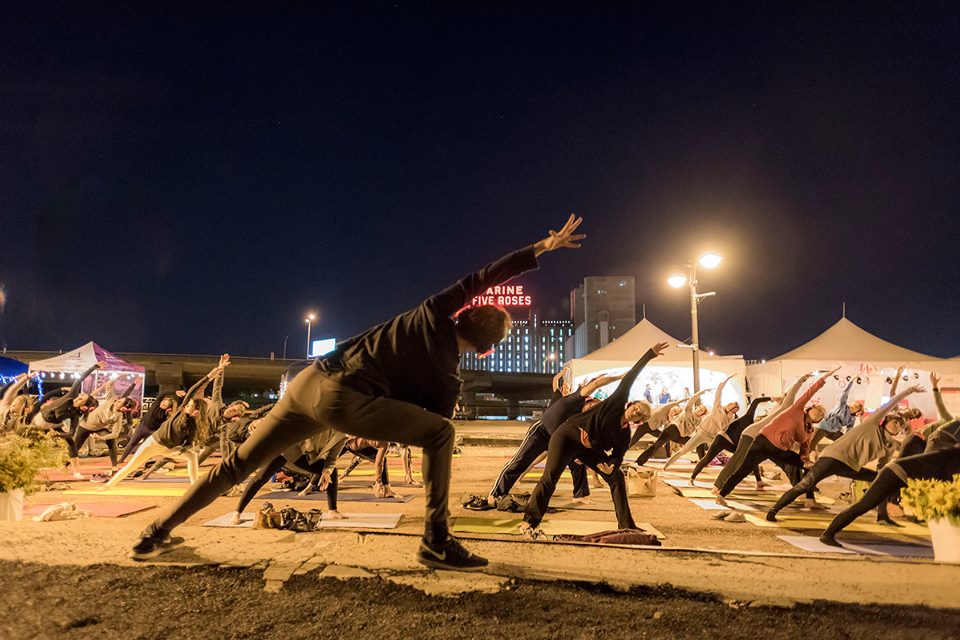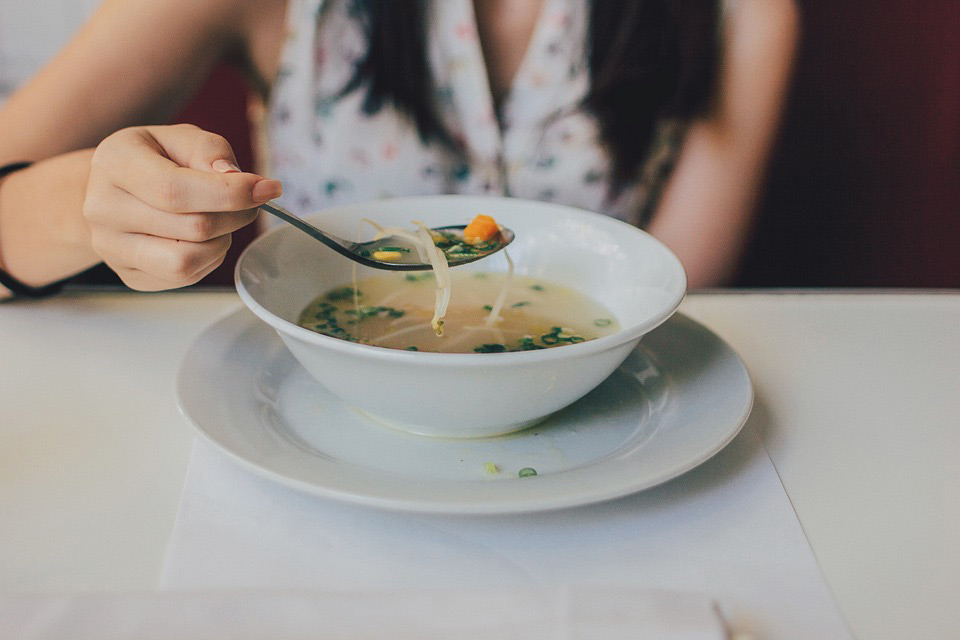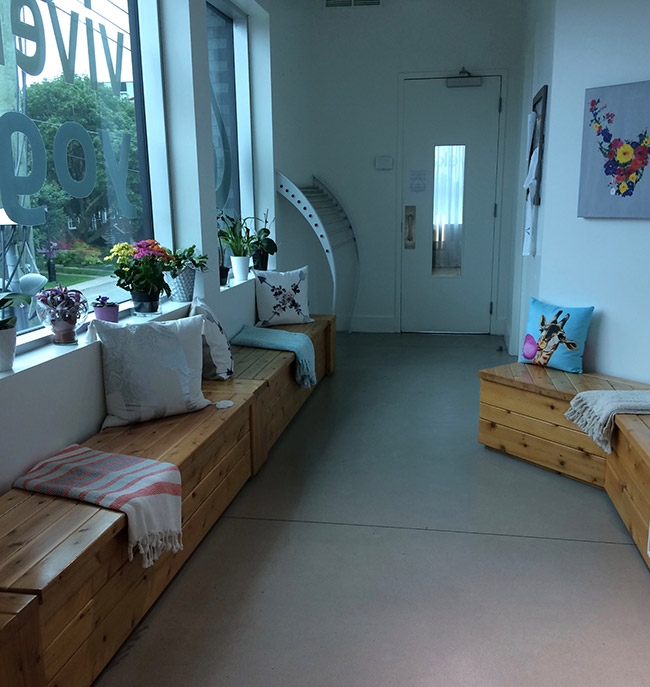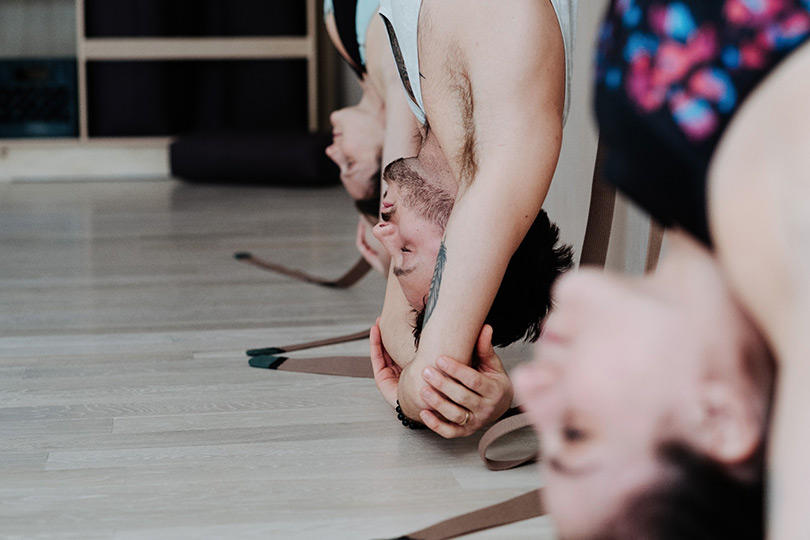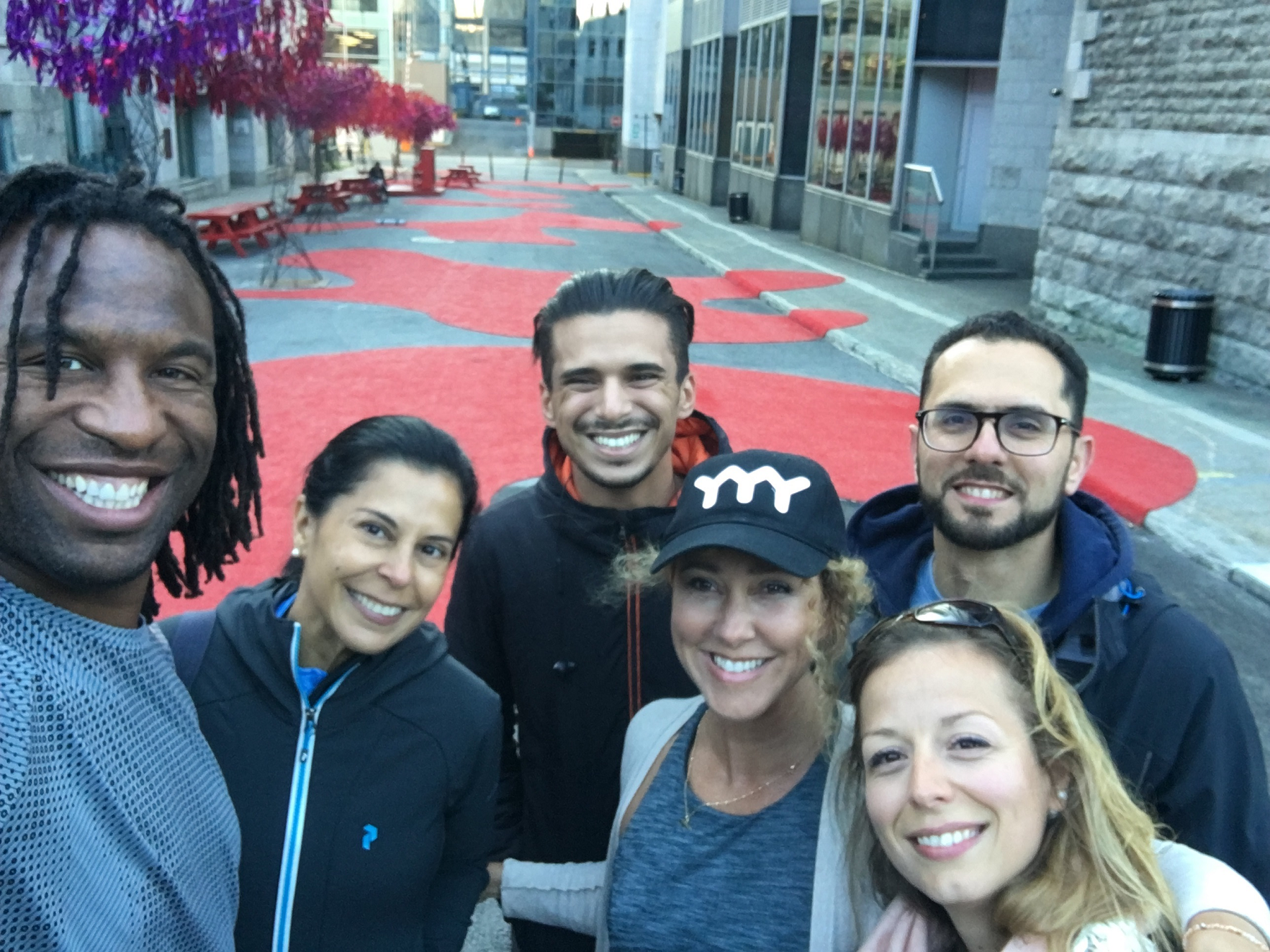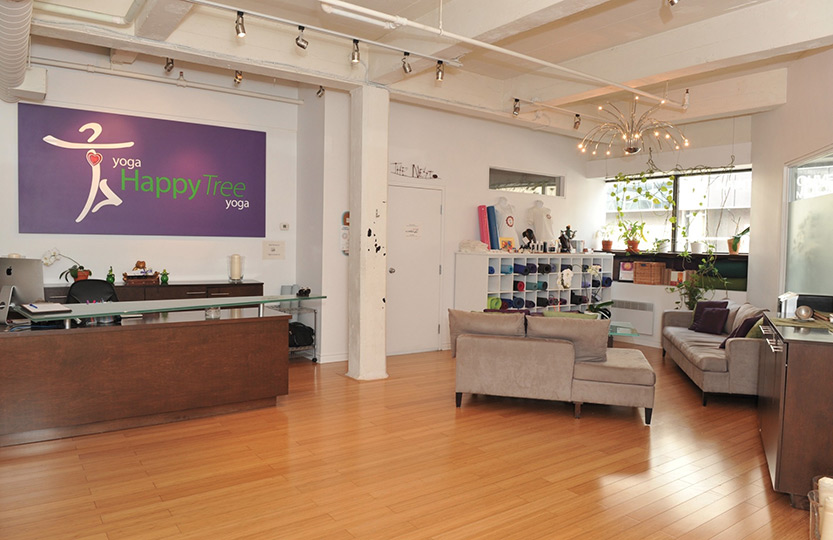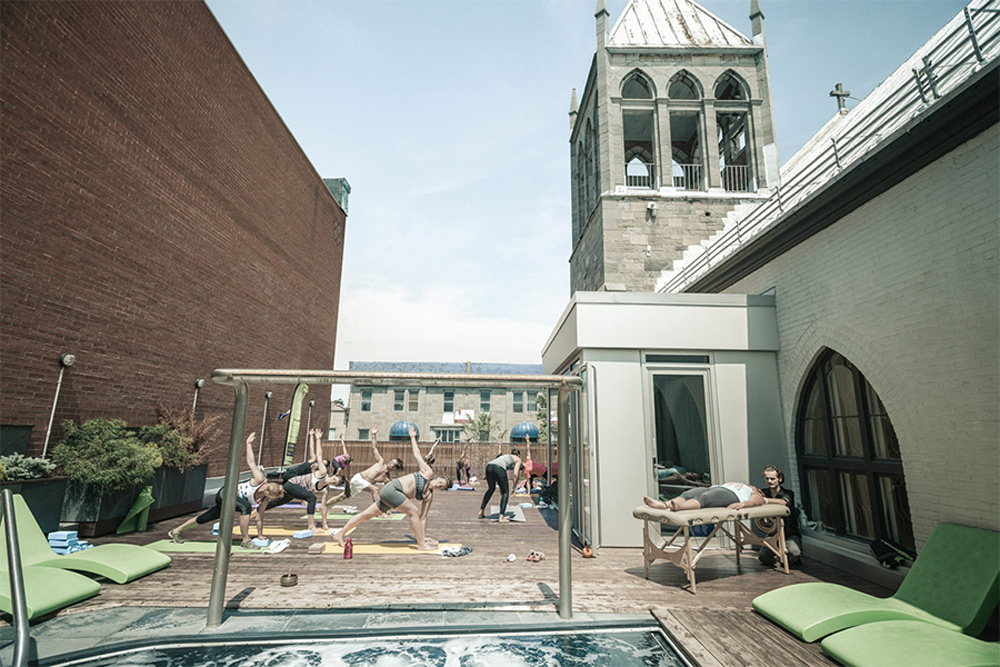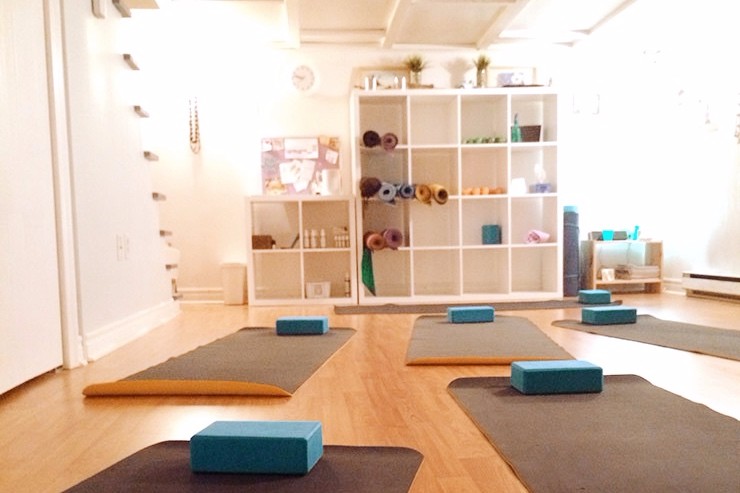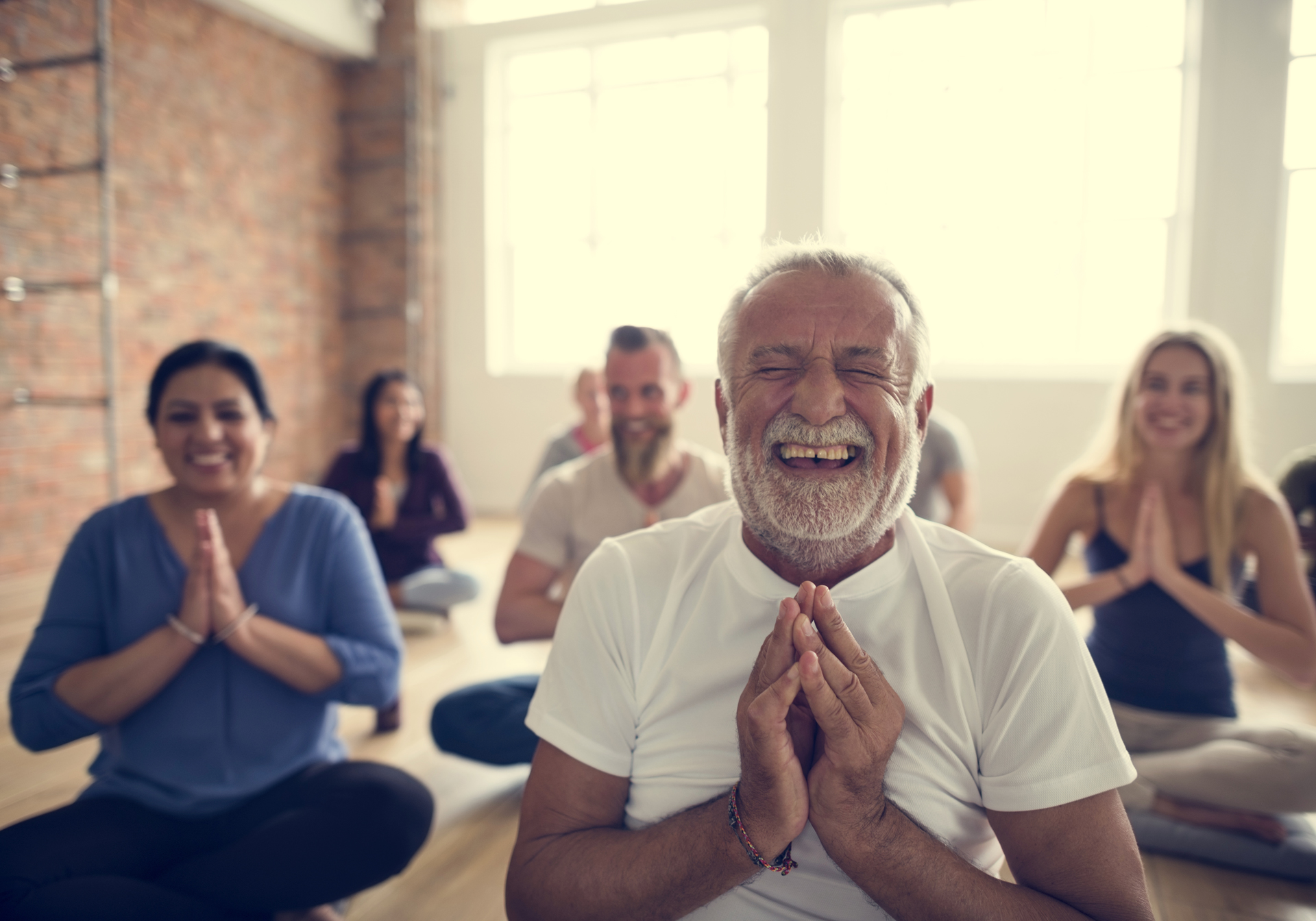
Have you heard of the term degeneration? What about degenerative disease? If I just ignore it all and stay positive, will I be able to avoid hearing that diagnosis from my doctors when I turn 65, 75 or 90? Did you know that when it comes to joints and bones, degeneration can come before even turning 40? We see Hyper Kyphosis (humpback), cervical spine (for e.g. turtleneck), stenosis, disk bulging or herniated disks especially on the lumbar area as early as on a 20 year-old!
If you are over 60 and had some imaging done (X-rays, MRI, CT scan…), you may have heard of your diagnosis and perhaps the conclusion was not very promising. Perhaps you are already on some medications and have limited mobility right now. Even if you are on a wheelchair, there is still hope with certain types of yoga either in a group or private setting. Did you know that seniors who stayed active with 2-3 yoga classes per week over a year became overall healthier, less stressed, and stronger than a group of 20-40 year-olds who didn’t have any yoga classes per week?
Therefore, your age does not matter! Age is really just a number! What really matters is your determination to heal and get better on all levels. We can reverse some signs of ageing, since we use the anti-gravity effects of yoga: can you believe that in some cases we have seen, yoga practice became more effective than some supplements! Let’s look closer at some major benefits of yoga for the senior groups.
There are many benefits of yoga for the seniors such as:
- Yoga improves flexibility and overall strength:
a well-rounded session will work on most of the major muscle groups by stretching and toning just the right amount for overall health and wellness. This will create much needed space in tight spots and will contribute to a better stability and balance. These muscle groups that become healthier in yoga poses will support the bones and joints. The real bonus is finding the alignment of the joints and each part of our body when we regularly practice yoga with the right yoga teachers. Improved tone, stability and balance will be a major contributor in preventing falls or even possibly fractures. - Yoga improves breathing:
when we decompress some areas through yoga, we feel freer in our organs, especially the intercostal muscles when they are stretched, they allow our lungs and diaphragm to develop further than ever before. Improved breathing will balance the nervous system, which will contribute to a more “Zen” feeling. - Yoga will reduce anxiety:
balancing the nervous system through yoga will calm the nerves & reduce stress. Regular practice will help us manage better our stress, whatever that may be. - Yoga will also help with depression:
if you have any heart issues, diabetes, high blood pressure and have a past of strokes, then you have an increased risk of suffering from depression. Mental state be it anxiety or depression can complicate the treatment of any of the above conditions by making treatment more difficult. Yoga can benefit your body but also the mind. Studies show that practicing yoga will help decrease depression, stress, and cortisol levels, as well as an overall increased feeling of hope over a long period of time. - Yoga will aid in your sleep:
insomnia and sleep disturbances are part of common complaints among seniors. In an alternative therapies study, adults over the age of 50 who struggled with insomnia participated in yoga classes twice a week and practiced daily for about 30 minutes at home reported significant improvements in both the duration and the quality of their sleep. If you sleep well, the day goes superbly and if the day goes well, so will be your sleep. As when we study the hormones and nervous system, we find out how sleep plays a big role in our health and wellness.
The best types of yoga for elderly
Whether your aim is to get stronger, more flexible or you just want to decompress and get rid of stress, there is at least a yoga style, type, or a particular teacher for you. But with so many different types, lineages, schools, studios, and teachers, it can be confusing to find which one is the most appropriate for your level or needs. Remember that the most important thing to consider is your current physical condition and fitness level, when choosing a type and teacher. If you have real diagnosed physical issues or past traumas, consult a physician to determine the next course of action for any physical activities.
Here are six types of yoga you may want to consider:
- Hatha:
Although not a specific type, hatha is a generic term which encompasses all forms of yoga that concentrate on physical postures. In most cases, Hatha yoga classes feature a slower paced series of sitting, on the floor (laying down) and standing poses. They are typically about stretching and breathing, and no worries as they won’t have weird acrobatic moves. That’s why many people believe that hatha is the best type of yoga for beginners. Sometimes, you will see Gentle yoga or Gentle Hatha yoga as well.
- Iyengar:
Iyengar yoga is methodical and precise, with a strong emphasis on proper form. Practitioners are encouraged to use props like bolsters, straps, blocks, and chairs to help them get into the correct alignment. Because the props allow for all kinds of modifications, this is a good style of yoga for seniors with arthritis or other chronic conditions. Sometimes, you might see the name of some yoga courses called Alignment yoga, which is Iyengar based or inspired by Iyengar, but have modernized or went deeper in going into details of each poses to center joints and overall structure while balancing all muscle groups.
- Restorative:
slow, meditative form of yoga that is designed to release tension passively with multiple props. The body is fully supported with props and poses are held for about 10 minutes each. Restorative is the best type of yoga for seniors who want to cultivate relaxation and decompress. We may even call this type a variation of supported Savasana. Certified restorative yoga teachers with proper knowledge of doshas (constitutions) will be able to determine the right poses depending on your physical and mental state.
- Yin:
the term Yin comes from the chinese expression Yin & Yang. Yin means feminine, but it does not mean that this type of yoga is just for women. Yin means colder (meaning cooling the heat or anti-inflammatory). This type of classes is slower in pace and poses are held for about 3-10 minutes each. The difference between yin and restorative yoga is that restorative is more passive, whereas Yin yoga is more active in the sense that you work on stretching your deep connective tissues. This type can help with stiffness, tightness of fascia (beyond muscles) and enhance flexibility.
- Kundalini:
synonym for “awakening” and “awareness”, kundalini can be appealing to seniors who are more interested in the spiritual aspect of yoga. It combines some physical postures, breathing exercises, meditation, and chanting.
- Therapeutic (back therapy):
Most yoga classes that are not fast paced should be in their core, therapeutic in nature. But sometimes, we’d call it therapeutic or Back therapy to really specify our intention since lately, so many cardio types of yoga came about due to popularity and trends. In these back therapy courses, the yoga teacher or therapist will guide you in more poses that aim to relieve tensions from kyphosis, lumbar issues, sacrum, cervical spine and even help with some degrees of scoliosis.
- Chair Yoga
If you are not comfortable going down to the floor on a yoga mat, chair yoga might be the right yoga class for you. We can certainly do yoga on chairs, also it would be good to learn for people who work a lot in front of a computer to incorporate some yoga breaks into their work day.
Private yoga teachers or yoga therapists
If group classes are not possible due to schedules or your limited physical mobility, you can always look for private yoga teachers or therapists from our website: www.yogatribes.com
We have a full directory of certified instructors, teachers, and therapists who have a lot of experience working with the seniors.
Once you have narrowed down your selection, ask them if they are comfortable working with your needs and limitations. Be sure to mention all your previous accidents if any and current issues such as arthritis, back pain, high blood pressure, etc.
We highly advise you to get customized instructions by taking private sessions from an experienced teacher so you can develop your confidence in basic poses and build a strong foundation. Do make sure you are performing the moves correctly in alignment of each joint and bone, so that you can avoid injuries and receive the greatest benefits.
Group classes for seniors
Once you have built a little more confidence, we do suggest incorporating group classes on your weekly schedule. Many older adults enjoy the social aspect of getting together regularly with others who share the common interest of practicing healthier habits on a weekly basis.
You can find Gentle yoga or yoga for seniors on our website. You can also ask a yoga teacher if they offer any private classes for more adapted and customized sessions. She might also have some suggestions of group classes given in a center near by you today!
Reference:
Dr.Timothy McCall (2007). Yoga as Medicine: The Yogic Prescription for Health and Healing,
A Yoga Journal Book, Bantam Books.
Jewel Harini Lee
Certified yoga teacher (675+ YTT), specialized in alignment, restorative, and back therapy. Member of International Francophone Yoga and founder of AYA (Alignment Yoga Association). Profile, Schedule and where to find me: Jewel Harini Lee





